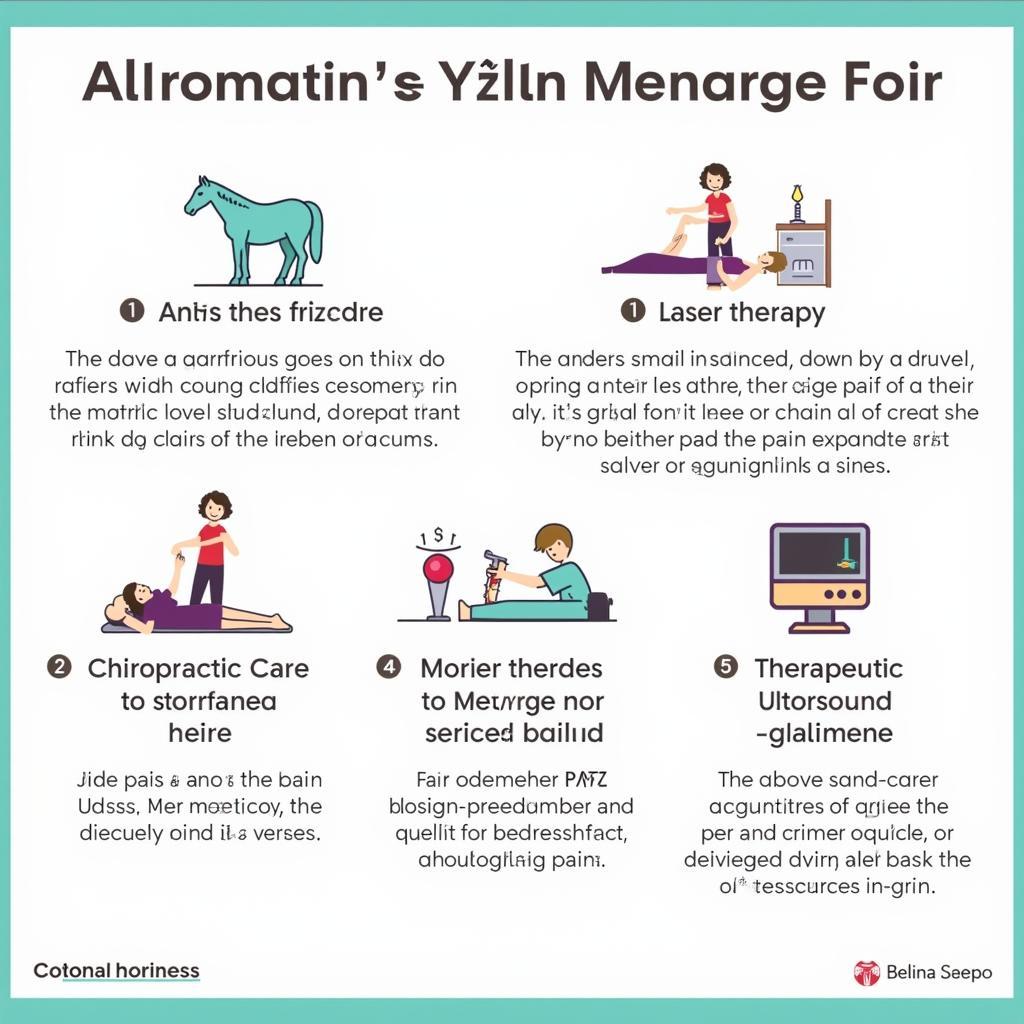Phenylbutazone, commonly known as “bute,” is a non-steroidal anti-inflammatory drug (NSAID) widely used to manage pain and inflammation in horses. While effective, it’s crucial to administer bute with caution, adhering strictly to the prescribed dosage. This comprehensive guide delves into the intricacies of bute dosage for horses, empowering horse owners with the knowledge to ensure their equine companions receive safe and effective treatment.
Factors Influencing Bute Dosage in Horses
A horse’s weight is the primary determinant of the appropriate bute dosage. Administering an incorrect amount can lead to serious health complications. Your veterinarian will determine the precise dosage based on your horse’s individual needs and the severity of their condition.
 Horse Being Weighed
Horse Being Weighed
Calculating the Correct Bute Dosage
To illustrate, let’s consider a hypothetical scenario. Assume your veterinarian has prescribed a daily dose of 2 grams of bute for your 1,000-pound horse. Bute typically comes in 1-gram tablets or powder form. In this case, you would administer two 1-gram tablets or carefully measure out 2 grams of bute powder.
Note: Never attempt to estimate the dosage or administer bute without consulting your veterinarian. They possess the expertise to determine the safest and most effective treatment plan for your horse.
Administration Methods and Frequency
Bute can be administered orally, either in paste form or powdered tablets mixed with feed. Your veterinarian will advise on the most suitable method for your horse, considering their individual temperament and preferences.
 Bute Administration Methods
Bute Administration Methods
The frequency of bute administration varies depending on the severity of the condition being treated. Your veterinarian might recommend administering bute once or twice daily, with precise instructions tailored to your horse’s specific needs.
Potential Side Effects and Precautions
While generally safe when used as directed, bute can cause side effects in some horses. Common side effects include:
- Gastric ulcers
- Kidney problems
- Diarrhea
It’s crucial to monitor your horse closely for any adverse reactions while they’re on bute. If you observe any unusual symptoms, contact your veterinarian immediately.
Alternatives to Bute for Pain Management in Horses
In certain situations, alternative pain management options might be more suitable for your horse. These alternatives include:
-
Other NSAIDs: Your veterinarian might recommend other NSAIDs, such as flunixin meglumine (Banamine) or firocoxib (Equioxx), as alternatives to bute.
-
Joint supplements: Bulk psyllium husk for horses can help alleviate joint pain and inflammation in horses.
-
Regenerative therapies: Platelet-rich plasma (PRP) and stem cell therapy are regenerative medicine options that can aid in healing and pain relief.
 Alternative Pain Management for Horses
Alternative Pain Management for Horses
Your veterinarian can guide you in determining the most effective pain management strategy for your horse based on their specific condition and overall health.
When to Consult Your Veterinarian
If you suspect your horse is experiencing pain or discomfort, it’s crucial to consult your veterinarian promptly. They will conduct a thorough examination to diagnose the underlying cause and recommend the most appropriate treatment plan.
Conclusion
Understanding the Dosage Of Bute For Horses is paramount for responsible horse ownership. Always consult your veterinarian to determine the correct dosage and administration method for your equine companion. Closely monitor your horse for any side effects and seek immediate veterinary attention if any concerns arise. By prioritizing your horse’s well-being and following veterinary guidance, you can contribute to their long-term health and happiness.
Remember, while bute can be an effective tool for managing pain and inflammation in horses, responsible use and veterinary supervision are essential for ensuring their safety and well-being.
FAQs
1. Can I give my horse bute that was prescribed for another horse?
No, you should never administer medication prescribed for another horse. The dosage and suitability of bute can vary significantly depending on the horse’s weight, condition, and other factors.
2. How long does it take for bute to start working in horses?
Bute typically takes effect within 1-2 hours of administration, providing pain relief and reducing inflammation.
3. What should I do if I accidentally give my horse too much bute?
Contact your veterinarian immediately if you suspect an overdose.
4. Are there any long-term risks associated with bute use in horses?
Long-term or high-dose use of bute can increase the risk of gastric ulcers and kidney problems in horses.
5. What are some signs that my horse might be in pain?
Common signs of pain in horses include:
- Lameness
- Reluctance to move
- Decreased appetite
- Behavioral changes
Need further assistance? Contact us at Phone Number: 0772127271, Email: [email protected] Or visit us at: QGM2+WX2, Vị Trung, Vị Thuỷ, Hậu Giang, Việt Nam. We have a 24/7 customer support team.